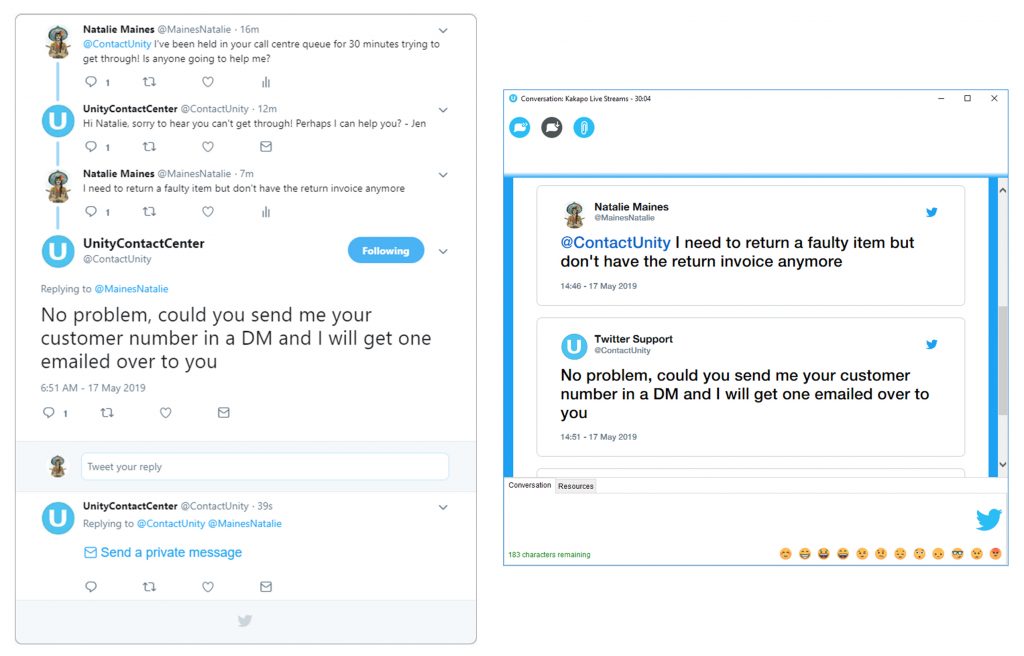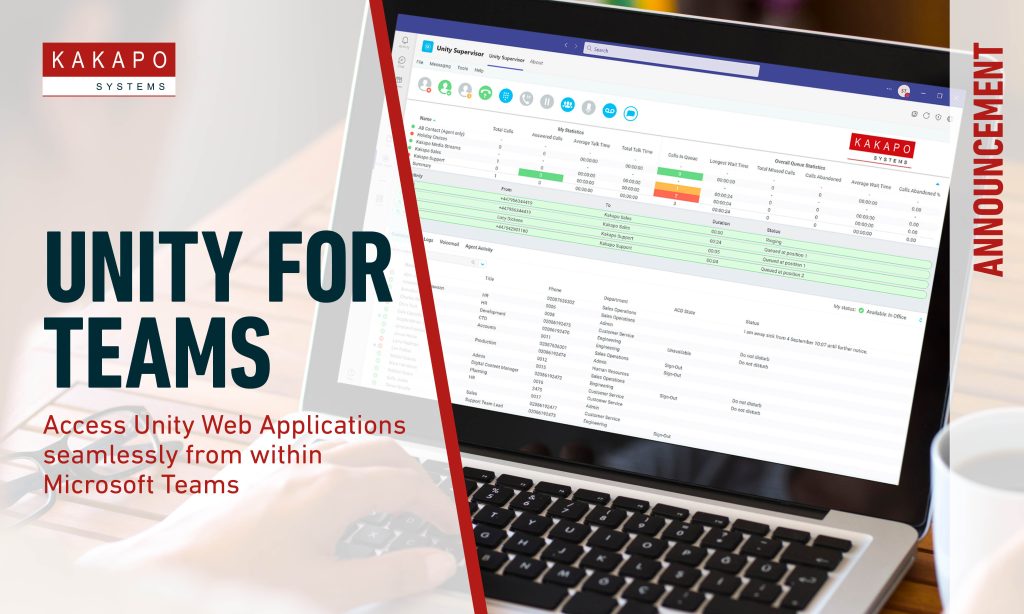
Social media has transformed customer service expectation and given consumers a very public forum to air grievances. This has turned up the heat on companies, many of whom do not see their Twitter feed specifically as a customer service channel, but who are now having to engage with and respond to customers on this platform.
Before looking at how you can integrate Twitter into your existing customer service workflow, you need to take stock of where Twitter currently sits within your engagement stack.
Who is Tweeting you?
Existing customers or new? Properly used Twitter can be used both as a support channel and to grow your sales funnel.
What are they tweeting you about?
Because of the character limitation, the Tweets you get are likely to be to the point! If you’re on the ball managing your feed then these cut and thrust type exchanges magnify good service.
Who answers your tweets?
Timing is everything with Twitter. While not a traditionally “real-time” media like voice or chat, if someone Tweets to you about a bad product or experience, you can bet they want a rapid reply. That’s the whole reason they’re alerting you publicly. If you take a day for the marketing team to notice the Tweet then you have suffered brand damage and may now have an unrecoverable situation.
Best Practice in Using Twitter for Customer Service

If you are new to using social in customer care and have only had traditional channels like call centres, it can be hard to visualize how Twitter will work. We recommend adding social and chat channels incrementally rather than a big ban rollout. At the same time, give yourself the best chance for success by getting incoming tweets to the right crew to deal with them. You are not replying to Tweets, you are solving customer problems. If the marketing team can’t solve problems don’t send the Tweets to them.
Understand the Buyer Behaviour
Where are your customers in your typical adoption cycle? It’s important to understand where the customer is in the typical engagement cycle. For expensive or complicated products with more complex buyer behaviour, you will probably want to pivot an enquiry to another media such as voice quickly.
Get the Routing Right
The key message is that Tweets need to be routed to the right people to answer them. Most often this will be the same team that fields emails and incoming calls but could be technical teams for different feeds depending on each customer’s specific requirements. Also, think about Tweets not as a peer-to-peer communication, they need to be routed, cascaded and overflowed with the same business logic that you apply to your call centre calls.
Focus on the SLA’s
Reporting on social channels needs to focus on two key stats, incoming Tweets and answer time. Ideally, you should apply the same SLA targets to Tweets and chats that you apply to incoming calls. There is no longer any concept of “abandoned” Tweets in the same way you have abandoned calls. All Tweets are replied to, the question is when.
Route is once, get it to the best equipped Agents and get it right first time. That’s the key to incorporating Twitter and other channels into your customer service strategy.

